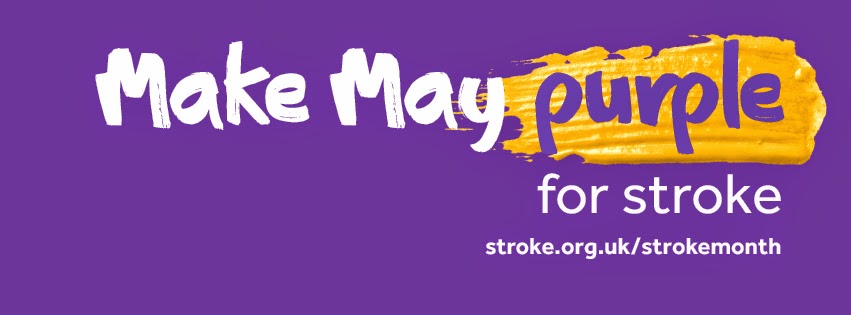Tracey used to be a speech and language therapist and spent some time practising in London some years ago. So she knows a lot about the considerations that a speech and language therapist makes when assigning an AAC device with a client.
Please note that whilst she refers to Australian voices on the Allora 2, Techcess can supply a range of UK English voices.
Please let me know what you think of the blog by putting a comment below;
By Tracey Bode
If individual vision issues are central to the list of considerations for choosing or using a communication device, a keyboard-based, portable system such as the Allora 2may meet the need. We are often asked how to best accommodate vision issues, where the user may have deteriorating vision, a need for large text, or difficulty monitoring the message generated in the screen.
The physical keyboard is preferred by many people over a touchscreen, and especially by those with touch typing skills. The Allora 2 has large keys and large key labels; white text on a black background for high visual contrast.
For people who prefer to spell, typing messages on a keyboard device offers a straightforward, direct and user-friendly option. This type of device was amongst the earliest of the communication devices which evolved from the typewriter. The legacy is the QWERTY keyboard layout. Fortunately these devices are now high-tech computer-based systems with loud and clear high quality speech output and many speed enhancement techniques. Amongst the many tablet based, touchscreen devices, the keyboard communication devices continue to be favoured for a number of reasons.
The Allora 2 has some handy features and settings which can be introduced when the device is first trialled, or they can be added or adjusted as needs change.
To accommodate different vision there are a number of useful features. The main screen displays 4 rows when set to the smallest size font, but the typed text can be enlarged to 20 point font as shown in the image below. Here one line of text is displayed. The predicted words can be sized separately to the typed text. The prediction can be turned off to reduce the visual information on the screen.


To assist with keyboard use and self-monitoring, the speech output can be set to “echo” each character as it is pressed. As the key is pressed or selected, the character is spoken.
The Allora 2 also offers scanning with one or 2 switches for input. For someone who has vision issues and needs switch access, auditory scanning would usually be an option worth exploring. At this stage the Allora 2 does not offer auditory scanning. It has an auditory tone only. The scan array however can be enlarged in the same way as the font. The scan array is shown in the images below. With key echo activated the selected text speaks as it is entered. Almost any switch can be used to operate the scanning, whether the switch site is head, chin, foot, finger and so on.



The features discussed here vary greatly from the Allora 1 which had a very basic display. The greatest improvements in the Allora 2 relate to the visual display, and also the addition of a 2nd removeable display (also a speaker). When locked into position on the device this displays the messages for the communication partners, but it can also be removed and positioned almost anywhere or worn by a person.
The image below shows the now obsolete Allora 1 to show the difference in the screen size. The keyboard remains the same size in both models.

The Allora 2 has been gaining in popularity as one of the few keyboard devices available in the Assistive Technology world. It also takes a SIM card for SMS messaging, which is a welcome feature. The Allora 2 receives favourable reports for its high quality Australian RealSpeak voice. The other point to note is the size and weight. The Allora 2 weighs just over 1 kg with a footprint of 225 x 180 x 20 >65 mm which is almost the same dimensions as my iPad 2. There is a perception that due to the footprint the device will be heavy but it is just a tiny bit over 1 kg. This means the keyboard can be a reasonable size with large keys and large clear key labels.
If you would like to learn more about adjusting your Allora 2 features please let us know and we would be happy to assist. If you would like to trial an Allora 2 we have units available for short-term trial. The Allora 2was developed and manufactured by Jabbla in Belgium. We enjoy working with Jabbla and their products as their cutting-edge, reliable and efficient approach fits well with our objectives, and for what Australians demand of their communication devices.





